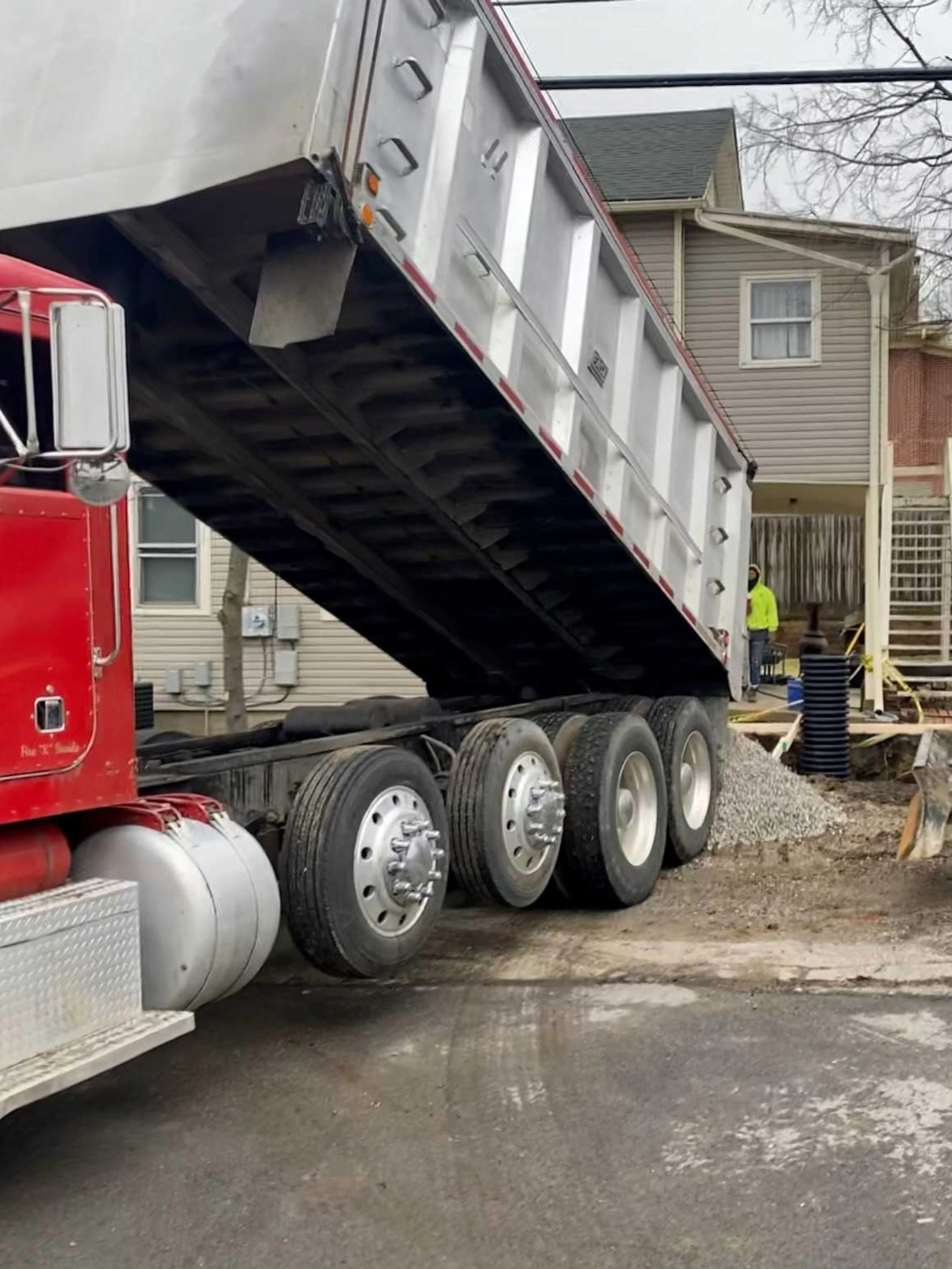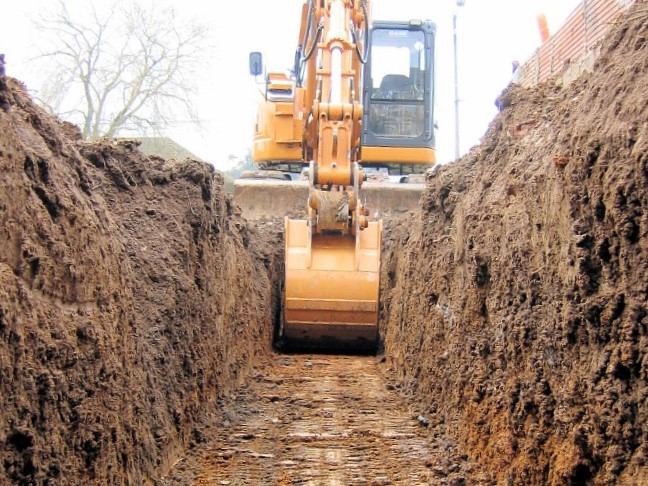Comprehensive Excavation Techniques: Understanding the Principles for Success
In the world of construction and civil design, the significance of efficient excavation strategies can not be overstated. The careful planning, precise implementation, and meticulous interest to detail called for in excavation projects demand an extensive strategy that incorporates numerous fundamental facets. From first dirt evaluation to the application of safety and security measures and normal progression monitoring, understanding these core aspects is important for accomplishing success in any excavation endeavor. Nonetheless, the real mastery exists not just in comprehending these fundamentals but in seamlessly integrating them to browse the intricacies of excavation tasks with finesse.
Comprehending Excavation Job Planning

The preliminary stage of any type of excavation task is the planning phase, where critical decisions are made that can significantly influence the outcome of the task. Recognizing the job spending plan, timeline, and scope restraints is important for producing a thorough excavation plan that makes certain the task's success.
One trick aspect of excavation project planning is the growth of a thorough timeline that outlines the sequence of activities, due dates, and landmarks. This timeline acts as a roadmap for the task group, permitting them to track progress and make required changes to guarantee the task remains on schedule. In addition, a distinct budget that makes up all expenditures, including tools rental, labor expenses, and materials, is crucial for staying clear of cost overruns and delays. By carefully thinking about all these factors during the drawing board, excavation tasks can be performed efficiently and effectively, leading to successful end results.
Soil Analysis and Site Assessment
Conducting complete dirt analysis and website examination is an important step in the prep work phase of any kind of excavation task. Soil evaluation includes establishing the composition, framework, and buildings of the soil at the excavation site. This details is critical for understanding the dirt's bearing ability, wetness web content, and possibility for disintegration, which are key aspects in identifying the excavation methods and equipment required for the task.
Site analysis goes past soil analysis and encompasses a more comprehensive evaluation of the general site conditions. This analysis includes identifying any kind of possible risks, such as below ground energies, environmental concerns, or unpredictable surface, that can affect the excavation process. By extensively assessing the site, job managers can establish efficient excavation techniques that focus on security, efficiency, and environmental defense.
Utilizing advanced modern technologies like ground-penetrating radar, dirt sampling, and drone surveys can boost the accuracy and performance of soil evaluation and website assessment. Spending time and resources in these initial steps can inevitably save time and stop expensive hold-ups or complications during the excavation process.
Tools Selection and Utilization
Effective excavation projects rely greatly on tactical devices choice and application to make certain optimal efficiency and have a peek at this site productivity. Choosing the best equipment for the work is vital in maximizing efficiency and lessening downtime. Aspects such as the kind of soil, depth of excavation, and task extent play a substantial duty in determining the most ideal tools for the job at hand.

In addition to picking the suitable tools, correct usage is essential to job success. Operators has to be educated to manage the tools securely and efficiently - septic ohio. Normal upkeep checks and timely fixings aid avoid breakdowns and make certain regular efficiency throughout the project
Precaution and Rules Compliance
In the realm of excavation projects, prioritizing security procedures and conformity with laws is vital to guaranteeing a protected and legitimately sound operational atmosphere. Security steps include a series of methods, consisting of performing detailed site evaluations, applying appropriate signage and barriers, and providing appropriate safety training for all personnel included in the excavation procedure. Adherence to guidelines, such as OSHA demands in the USA, ensures that the excavation project fulfills the necessary criteria to secure employees, spectators, and the surrounding setting.
Tracking Progress and Adjusting Techniques
How can forecast supervisors successfully track the development of excavation jobs and adjust their techniques as necessary to enhance outcomes? Monitoring progress is important for making certain that excavation projects remain on track and fulfill deadlines. Project managers can utilize various tools and strategies to track progress, such as day-to-day progression records, routine website evaluations, and progressed monitoring innovations like drones and general practitioners tracking dump truck companies in ohio systems. By continuously keeping an eye on the job's innovation, managers can determine any potential delays or problems at an early stage and take positive measures to address them.

Conclusion
To conclude, understanding the fundamentals of thorough excavation approaches is essential for the success visit our website of any job. By understanding project planning, analyzing soil and site problems, selecting suitable tools, adhering to safety laws, and keeping track of development, job supervisors can ensure a smooth and reliable excavation process. Implementing these techniques will bring about successful outcomes and minimize potential risks or setbacks throughout the excavation job.
The preliminary phase of any excavation job is the planning phase, where crucial decisions are made that can dramatically influence the result of the task. Recognizing the task timeline, range, and spending plan restrictions is important for developing a thorough excavation strategy that guarantees the task's success.
Exactly how can forecast supervisors properly track the innovation of excavation projects and adjust their techniques appropriately to maximize results? By closely monitoring progression and being prepared to adjust methods, project managers can improve the total success of excavation tasks.
By recognizing job planning, assessing dirt and site conditions, picking ideal tools, conforming with safety and security regulations, and keeping track of progress, task supervisors can make sure a efficient and smooth excavation process.